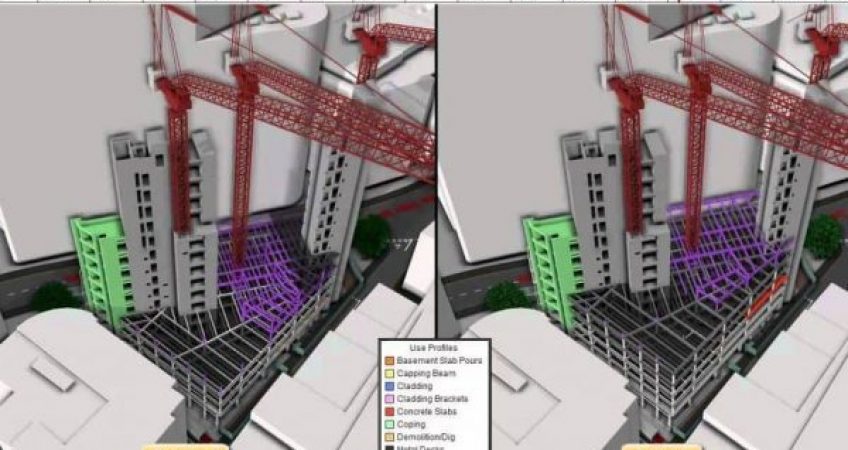BIM in Design and Construction
BIM in Design and Construction. Nowadays, it is exciting to experience the advancement in A/E/C/O tools and technology over the last couple of years. So, Now that building information modeling (BIM) is now a crucial part of the design process, understanding how BIM applies to your work is a necessity. To help with this, we compiled the top uses of BIM in the design, construction and operation phases.
First of All, PLAN
Existing Conditions Modeling: 3D as-built documentation of all existing disciplines from reality capture as a baseline for design. Set up your project team for success with accurate information.
Secondly, DESIGN
Design Collaboration/3D Coordination: We are moving toward a 3D model–based approach that provides accountability and accuracy. However, While the 2D design process can be messy, BIM allows optimal design process real-time fluid design coordination design testing
Thirdly, CONSTRUCT
3D Coordination: Multidisciplinary coordination to help facilitate construction layout techniques. Everything can happen in real time in the field, thanks to BIM, which offers: a more efficient process in site layout on-demand clash detection ability for contractors to take this information and create a BIM lookahead schedule
Fourth, OPERATE
Building System Analysis/Maintenance Scheduling: Owners now receive the BIM on Day One of project turnover to implement a facilities maintenance approach, enabling:
- First, reduced building operation costs
- Second, facilities maintenance
- Third, tracking and determining of true depreciation of real estate assets
- Fourth, capital improvement
- Last, move management


